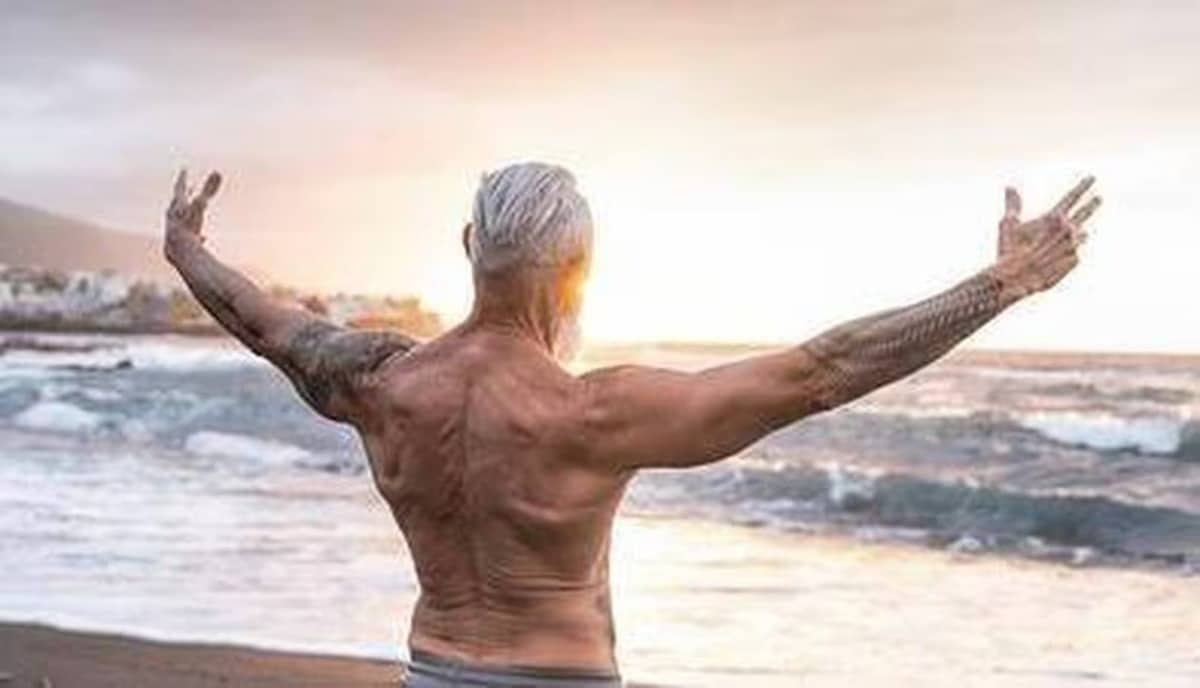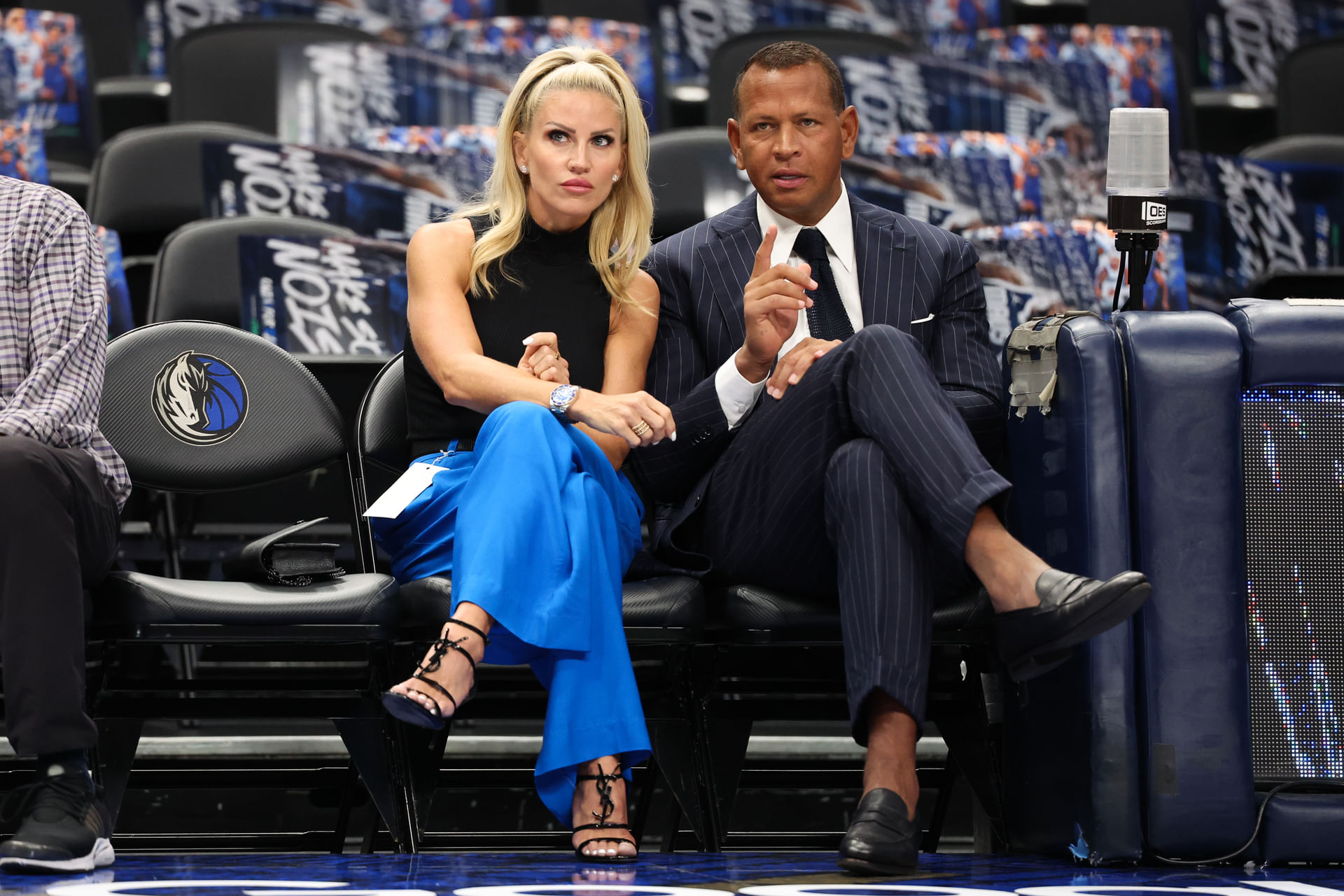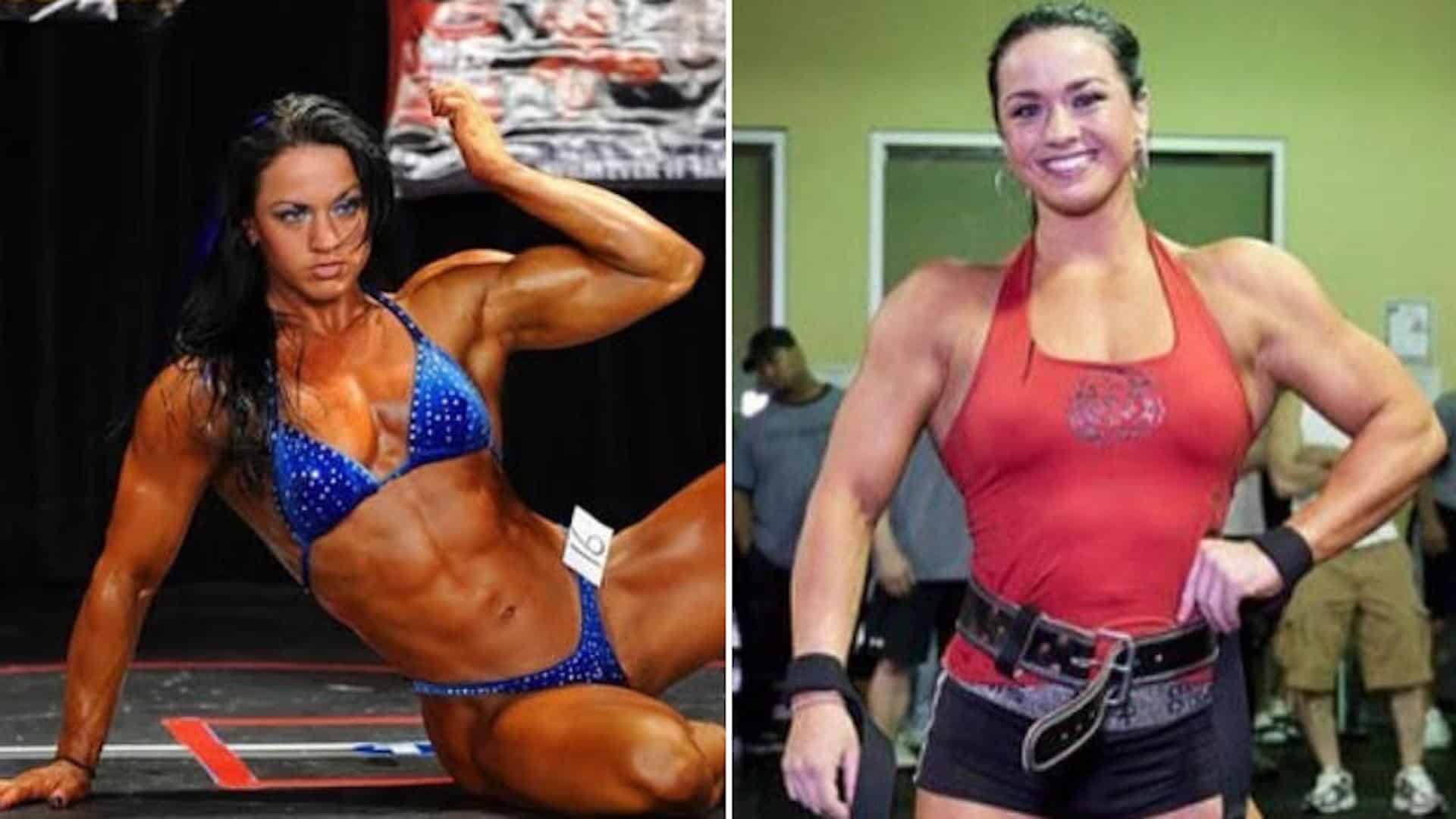At 93, Richard Morgan isn’t just defying the traditional expectations of aging—he’s rewriting the rulebook. Once a humble baker, Morgan is now a four-time world rowing champion, a feat that might seem unimaginable for someone his age. What makes his story even more remarkable is that he only began rowing at the age of 70, challenging the very idea that fitness and athletic achievement are reserved for the young.
Morgan’s incredible transformation has drawn the attention of fitness enthusiasts and scientists alike. A study published in The Journal of Applied Physiology examined his remarkable health and fitness, offering evidence that aging doesn’t necessarily mean declining physical abilities. With the right approach, it’s possible to retain—and even improve—your strength and vitality well into your later years¹.
A Body That Belongs to Someone Half His Age
What truly sets Morgan apart is how his physical health compares to someone much younger. In fact, his heart, lung capacity, and muscle mass are on par with those of a man in his forties. Weighing in at 76 kilograms, Morgan has an impressive 80% muscle mass and only 15% body fat, an extraordinary ratio for someone in his 90s².
A standout moment of his fitness testing came during a 2,000-meter rowing test, where Morgan’s heart rate hit a peak of 153 beats per minute—more typical of a much younger athlete. This remarkable endurance and cardiovascular health are not just due to genetics, but rather a combination of consistent exercise and a nutrient-dense diet.
Scott Trappe, director of the Human Performance Laboratory at Ball State University, aptly points out, “The body’s ability to adapt to exercise doesn’t fade with age.” Morgan is living proof of this principle, showing that with commitment, age is not a barrier to maintaining peak physical health³.
It’s Never Too Late to Start
Perhaps the most inspiring aspect of Morgan’s fitness journey is that he didn’t begin his athletic career until his seventies. This late start raises intriguing questions about the body’s potential for adapting to rigorous physical activity, even at an advanced age.
Bas Van Hooren, a researcher at Maastricht University, comments, “The idea that aging equals inevitable decline is a myth.” Morgan’s transformation challenges this narrative, proving that it’s possible to build strength and resilience at any stage in life⁴.
Morgan’s story serves as a powerful reminder that it’s never too late to take control of your health. Even if you’re in your sixties or seventies, starting a fitness routine and adopting proper nutrition can slow or even reverse the muscle loss that typically comes with age. The human body retains its ability to respond to exercise well into our later years, according to experts like Trappe³.
Did you know?
It’s estimated that regular physical activity can increase life expectancy by up to 7 years, according to research from the American Journal of Preventive Medicine. Morgan’s story is a shining example of how exercise can extend not just life, but also quality of life.
Richard Morgan’s Fitness Routine
What does it take for a 93-year-old to maintain such a youthful physique? Morgan’s fitness routine is surprisingly straightforward but undeniably demanding. Here’s a breakdown of what he does to stay in top form:
-
Rowing: Morgan spends 40 minutes rowing several times a week, a fantastic full-body workout that enhances cardiovascular health and stamina.
-
Strength Training: Regular strength training is a key part of his regimen, helping him maintain muscle mass and improve his strength.
-
High-Protein Diet: Morgan consumes a protein-rich diet far exceeding the recommended intake for someone his age, ensuring his body has the nutrients it needs to build and maintain muscle.
Morgan’s commitment to these three pillars—exercise, strength training, and nutrition—works in harmony to keep him in extraordinary shape. The combination of cardiovascular health through rowing, muscle maintenance through strength training, and muscle-building nutrition gives him the vitality of someone half his age.
Philip Jakeman, a professor of healthy aging and physical performance at the University of Limerick, emphasizes the importance of this combination: “Exercise combined with proper nutrition allows us to build and maintain a strong body at any age.” Morgan’s routine exemplifies this perfectly, showing that a well-rounded approach to fitness can make a lasting impact on one’s health⁵.
A Powerful Lesson in Healthy Aging
Richard Morgan’s story serves as a clear and compelling lesson in how we can all defy the conventional expectations of aging. His success reveals that with the right combination of consistent exercise, smart nutrition, and a willingness to start—no matter our age—we can achieve extraordinary things.
Morgan is proving that it’s never too late to prioritize health and fitness. His achievements encourage us all to push past the limiting beliefs around aging and take charge of our well-being. With the right approach, we can build a strong body, maintain mental sharpness, and live a life filled with vitality—no matter when we start.
Footnotes:
-
The Journal of Applied Physiology, https://journals.physiology.org/journal/jappl
-
Physical activity guidelines: adults and older adults, https://www.gov.uk/government/publications/physical-activity-guidelines-adults-and-older-adults
-
“Lifelong Exercise and Aging: A Conversation with Scott Trappe”, https://simplavida.com/the-role-of-lifelong-exercise-in-aging-a-conversation-with-scott-trappe/
-
“5 of the Biggest Myths About Aging”, https://www.harvardpilgrim.org/hapiguide/5-of-the-biggest-myths-about-aging/
-
“Physical Activity and Healthy Aging “, https://pubmed.ncbi.nlm.nih.gov/33010902/




